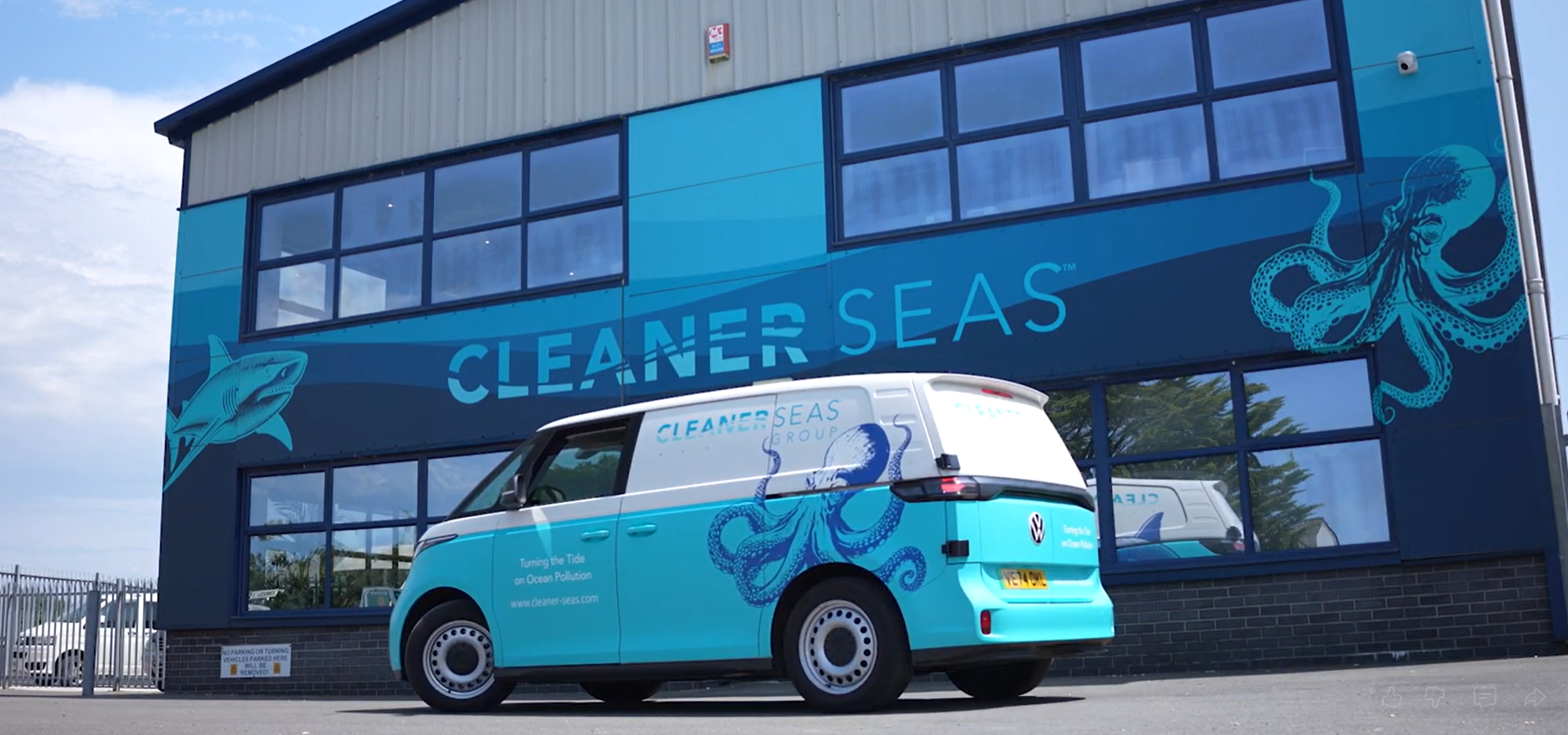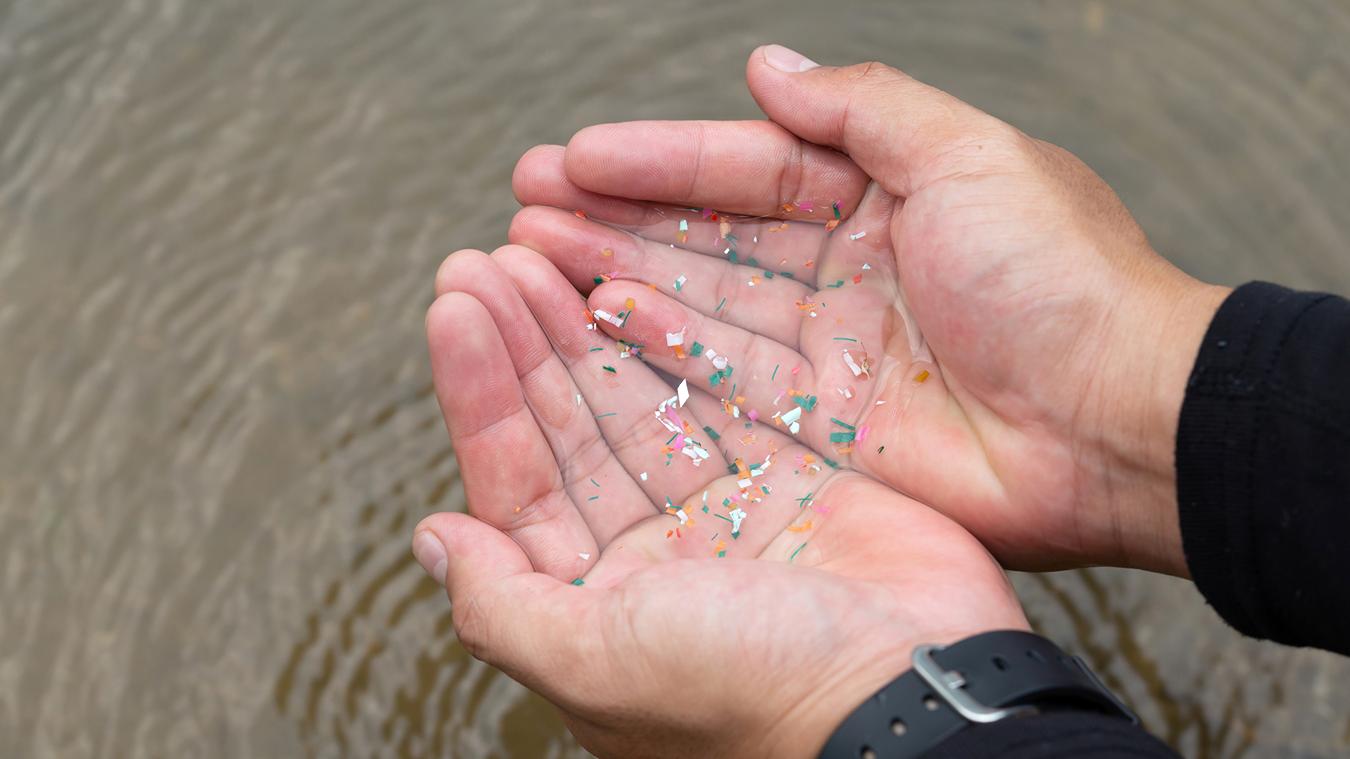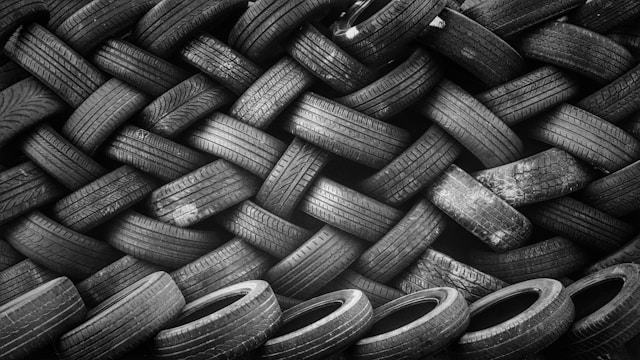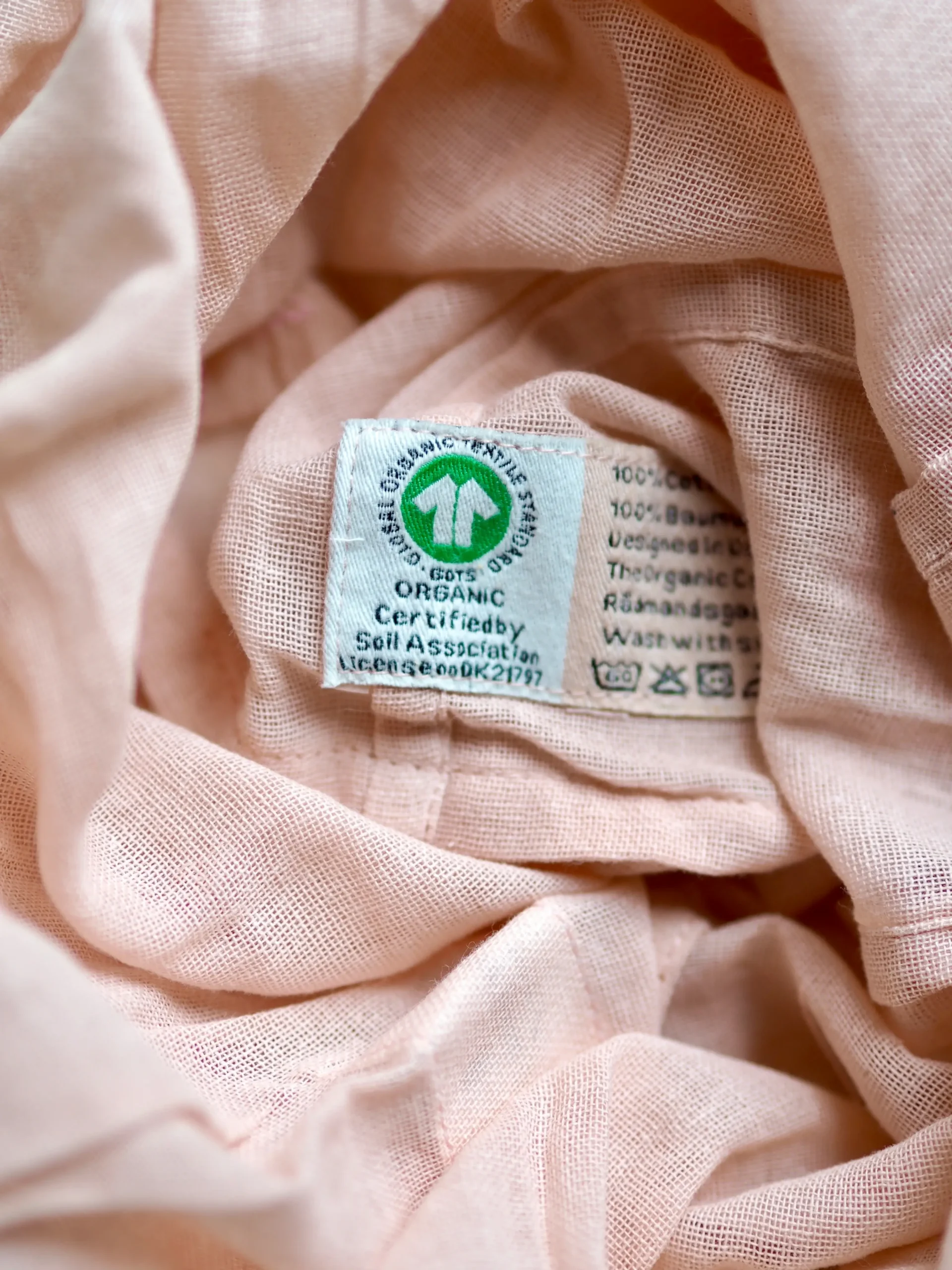
Recycling Microfibres to Power the Clean Battery Future.
At Cleaner Seas Group, we’ve always believed that tackling ocean pollution and advancing clean technology...
Microplastics are one of the most significant environmental challenges of our time.
These tiny plastic particles are making their way into every corner of the planet, from the deepest ocean trenches to our shorelines, affecting our food chain the air we breathe and the water we drink.

Microfibres make up 35% of the leading causes of primary microplastic pollution in our oceans:

Synthetic fabrics like polyester, nylon, and acrylic shed tiny fibres during washing. These microfibres are a major contributor to microplastic pollution, with up to 700,000 fibres released in a single load of laundry.

As tyres wear down on roads, they release tiny particles into the environment. These are washed into waterways by rain and eventually reach the oceans. Tyre wear accounts for 28% of primary microplastic pollution.

Paint flakes from ships, buildings, and road markings contribute 10% of microplastics.

Microbeads, once common in exfoliating scrubs and toothpastes, have been banned in many countries but still contribute to pollution in regions where they are not regulated.
Microplastics and microfibres represent a silent yet pervasive threat to marine life, human health, and the global economy. The evidence is clear: urgent action is needed to address this environmental crisis. By adopting sustainable practices, supporting innovation, and advocating for stronger regulations, we can protect our oceans and ensure a healthier future for all life on Earth. Let us act now to safeguard our blue planet from the scourge of microplastics. While the scale of the microplastic crisis may seem overwhelming, concerted efforts can help mitigate its impact.
Marine life ingestion causes disruption in the ocean foodchain and species evolution
Affects blue carbon sequestration impacting our oxygen levels and climate regulation
Microplastic ingestion: eating, drinking, breathing in - causing human health effects

Governments must implement stricter regulations on plastic production and waste management. The recent bans on microbeads in cosmetic products are a step in the right direction.

Advances in wastewater treatment technologies, such as filters capable of trapping microfibres, are essential to reducing pollution at its source.

Opt for natural fabrics over synthetic materials, use washing machine filters, and support companies committed to sustainable practices.

Public campaigns can empower individuals to reduce their plastic footprint and advocate for systemic change.